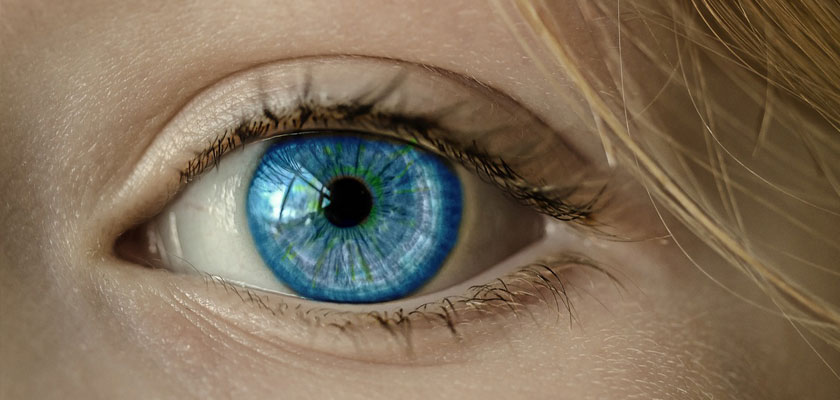Diet and Nutrition

Adding powerful antioxidants to your diet can improve your eye health.
Did you know that small dietary changes can have a big impact on your eyes? Adding certain nutrients to your daily diet—either through foods or supplements—can help preserve your vision. Researchers have linked eye-friendly nutrients, such as lutein and zeaxanthin, vitamin C, vitamin E and zinc, to reducing the risk of certain eye diseases.
Lutein and Zeaxanthin
Lutein and zeaxanthin are important nutrients found in green leafy vegetables such as spinach or kale, as well as other foods, such as eggs. Many studies show that lutein and zeaxanthin reduce the risk of chronic eye diseases, including age-related macular degeneration and cataracts.
Vitamin C
Vitamin C (ascorbic acid) is an antioxidant found in fruits and vegetables. Scientific evidence suggests vitamin C lowers the risk of developing cataracts. Also, when taken in combination with other essential nutrients, it can slow the progression of age-related macular degeneration and visual acuity loss.
Vitamin E
Vitamin E is a powerful antioxidant found in nuts, fortified cereals and sweet potatoes. Research indicates it protects cells in the eyes from unstable molecules called free radicals, which break down healthy tissue.
Essential Fatty Acids
Fats are a necessary part of the human diet. They maintain the integrity of the nervous system, fuel cells and boost the immune system. Research shows omega-3 fatty acids are important for proper visual development and retinal function.
Zinc
Zinc is an essential trace mineral or “helper molecule.” It plays a vital role in bringing vitamin A from the liver to the retina in order to produce melanin, a protective pigment in the eyes. Zinc is highly concentrated in the eye, mostly in the retina and choroid, the vascular tissue layer lying under the retina.








